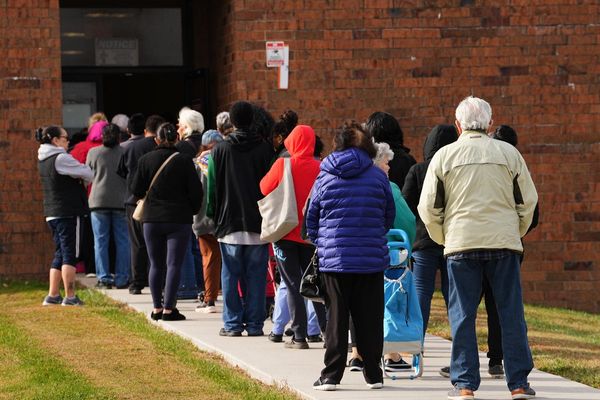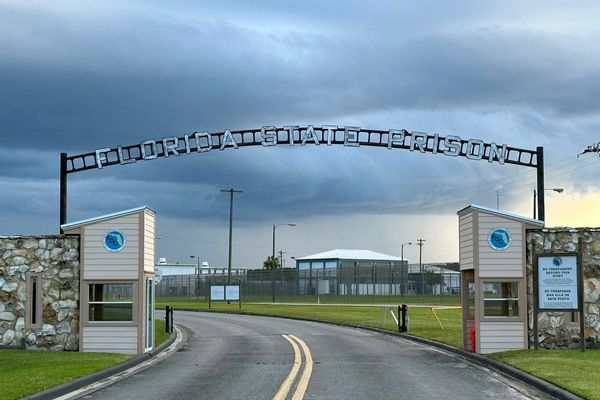Scientists in Germany have successfully demonstrated a record-scale quantum communication network using existing infrastructure, a breakthrough that could usher in an ‘ultra-secure’ connection for quantum computers.
Quantum communication is an emerging technology that uses quantum mechanical effects for information transfer.
It has attracted significant attention in recent years due to its potential in applications in areas such as quantum computing, secure data transmission, and high precision sensor networks.
Up until till now, quantum networks were only feasible at a smaller scale, about half the distance of this new achievement, or in strictly controlled lab conditions with pricy cooling equipment.
Researchers at Toshiba Europe sent quantum signals over a 254-kilometre commercial fibre-optic network in Germany, specifically between Frankfurt and Kehl.
They used existing telecom infrastructure, standard single-mode fibres already used for today’s Internet infrastructure.
“All prior deployments of over-fibre quantum communication were limited to much shorter distances, about half of what we achieved. And this is due to a fundamental limitation of previous technology,” Mirko Pittaluga, the former Senior Research Scientist at Toshiba Europe, told Euronews Next.
“Our experiment is the first real-world implementation of a specific powerful class of quantum communication protocols, which is called coherent quantum communication,” he added.
What is quantum communication, and why do we need it?
Quantum computing heralds unprecedented potential in improved performance for useful applications like drug discovery and optimisation, thanks to its advanced processing.
But such immense computational power can also be used to break traditional encryption.
When we use today’s Internet to communicate with someone online on a website or via a video call, an encryption key with the counterpart is established.
“The current communication security methods are based on mathematical problems which are presumed to be quite hard for computers to solve and that's a very good assumption with classical computers.” Robert Woodward, the lead of Fibre-Quantum Communications at Toshiba Europe, told Euronews Next.
”But in the quantum era that assumption breaks down and now quantum computers are able to challenge the encryption that we use today,” he added.
Experts say, for such advanced tech, we need to build a new network system that will offer the safety and security needed in a post-quantum world.
“Security and privacy are really the backbone of our digital economy and really essential in today's society. So we need to communicate securely,” Woodward said.
Quantum has a lot more computational power for certain tasks, but also has the potential to break the way that we currently communicate, he added.
“So what we do in quantum communications is we use quantum as a technology to solve that problem,” he said.
Toshiba Europe team’s recent experiment demonstrated ultra-secure communications by using single photons of light, a single light particle.
“Because of the use of single photons, we're effectively able to open this new toolbox of quantum mechanics and with it achieve new functions such as ultra-secure communications”.
‘The secret sauce’
This approach, relying on preserving the phase of light signals over very long distances, has been challenging to do outside a lab.
It also required big, complex and expensive equipment, some of which needs to cool down to almost absolute zero, or minus 273 degrees Celsius.
“But with our approach, we overcame all these challenges using scalable and simpler technology, which allowed us to implement a cutting-edge quantum communication protocol, which is called twin field quantum key distribution, which really is the secret sauce of what we did,” Woodward said.
Researchers say the standard fibres designed for classical data are actually quite effective at transmitting quantum signals as well, but their inherent losses need to be properly managed.
Instead of information flowing in one direction, as in conventional quantum communication, their design allows both users to send quantum signals to a central node where the signals are combined.
The novel approach allowed the researchers to double the communication distances and reach a much larger area, all while using the existing fibre infrastructure.
Researchers compare the potential of quantum communication with the impact of the transition from copper wires and electronic communication to optical fibre and optical communications.
“What is most striking about what we did is that we did it with very practical and scalable technology, meaning that potentially we could replicate these in the future many, many times and showing that fundamentally these very advanced forms of communication are actually compatible with real-world operational environments,” Pittaluga said.
“And we really think that this is a significant step forward for practical and large-scale quantum networks,” he added.
While quantum Internet has been much hyped as the next revolution in the research community, this breakthrough in practical and large-scale quantum networks is more like building blocks toward the quantum internet, the research team explained..
“We are not yet at the moment of a deployment that is similar to that of the current Internet,” Pittaluga said.
“We implemented a quantum network. So, a network that has this capability of distributing quantum information. And when I think about if we keep growing this capability of implementing quantum networkseventually, we are going to build a very large quantum Internet,” he added.
Many countries are racing to build a quantum network and are heavily investing, with China being one of the frontrunners, according to experts.
The European Commission aims to develop an EU-wide quantum network via its European Quantum Communication Infrastructure Initiative (EuroQCI).
In 2021, EuroQCI was designated a strategic priority, and member states are currently working to develop and deploy links of quantum key distribution (QKD), a highly secure way of exchanging encryption keys.
According to Petrus EuroQCI, an EU-funded consortium to oversee national quantum communication infrastructure projects across the continent, the goal is to have an operational pan-European quantum communication infrastructure in place by 2027.
For more on this story, watch the video in the media player above.







